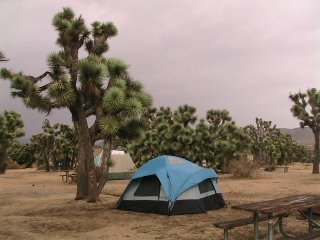Cardinals World Champs!

The 26 year hiatus is over - my favorite baseball team the St. Louis Cardinals beat up on the Tigers in this year's World Series to win their first title since 1982. The Cardinals teams of the 1980s were the teams of my youth, and like many baseball fans I relate to those players more than this champtionsihp team. Back then I knew every player, their position, history, where they batted in the lineup, and their strengths and weaknesses, and I still remember most of it. The shortstop Ozzie Smith has always been my favorite player, so I was glad to see another Cardinal shortstop David Eckstein with the world series MVP this year, although I must admit I was disgusted by the car giveaway crap, as if that's why he was trying to win the MVP. The TV (read: advertising) camera showed more of the Dodge Whatever sports car than the team and the MVP himself. I don't know the 2006 Cardinals team as well as the mid-1980s teams, but there are some players that I couldn't help but cheer for even though I don't know them very well. For me this post season those players were catcher Yadier Molina and pitcher Jeff Weaver. Together they must have two of the top arms in the major leagues. My view of major league baseball throwing was changed when this summer I sat in the 10th row behind home plate at Busch Stadium in St. Louis. I was completely amazed at the speed and accuracy every player is capable of.














